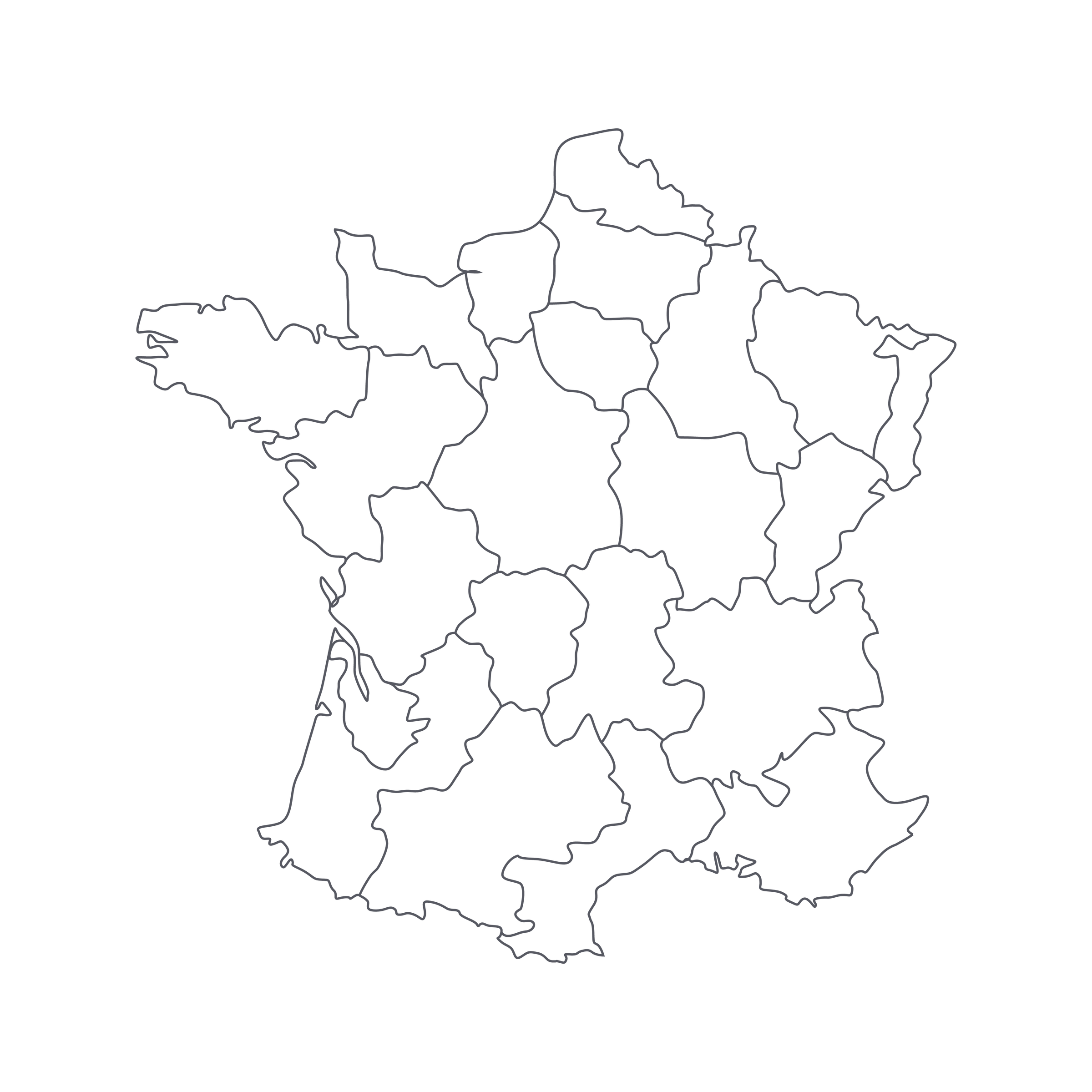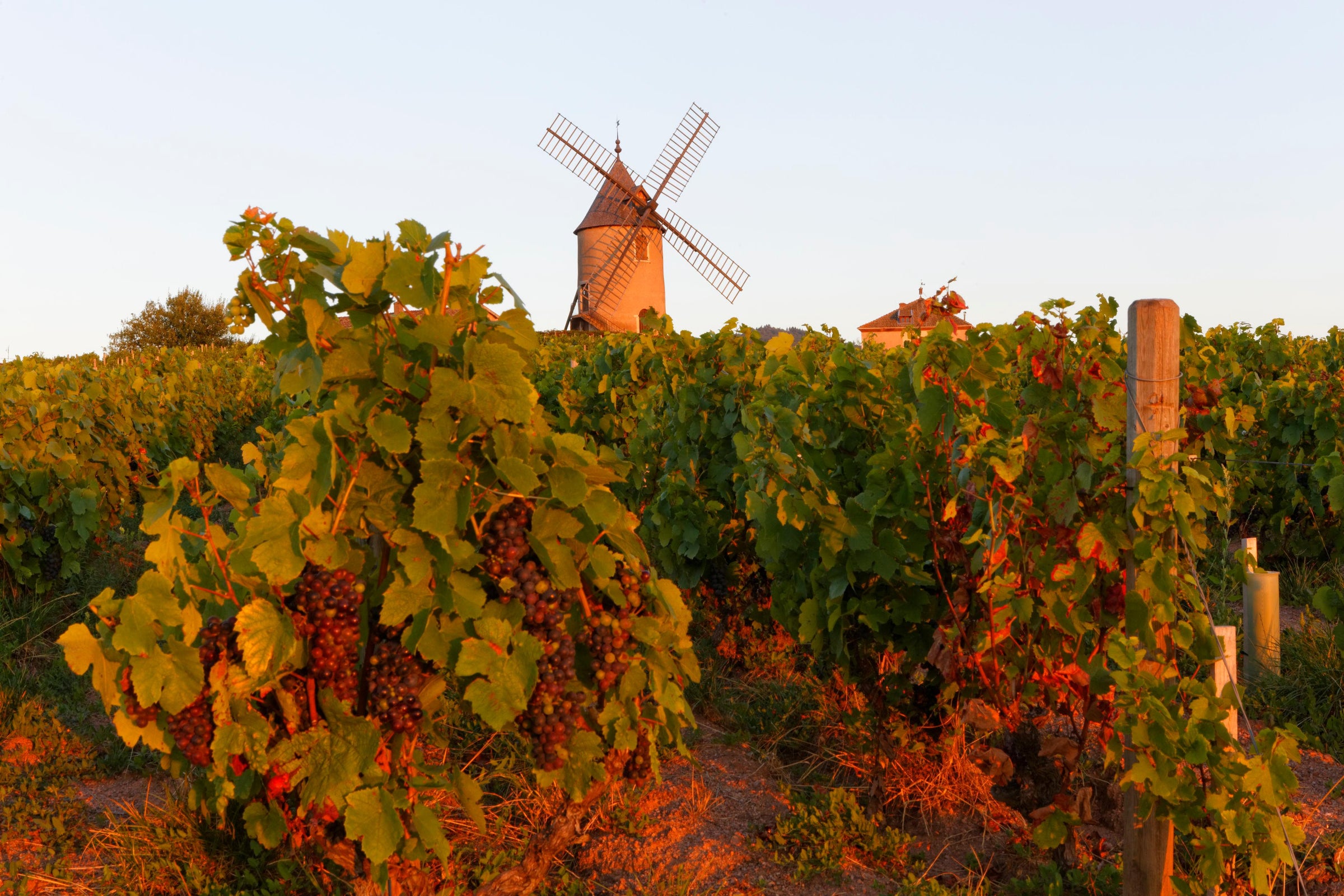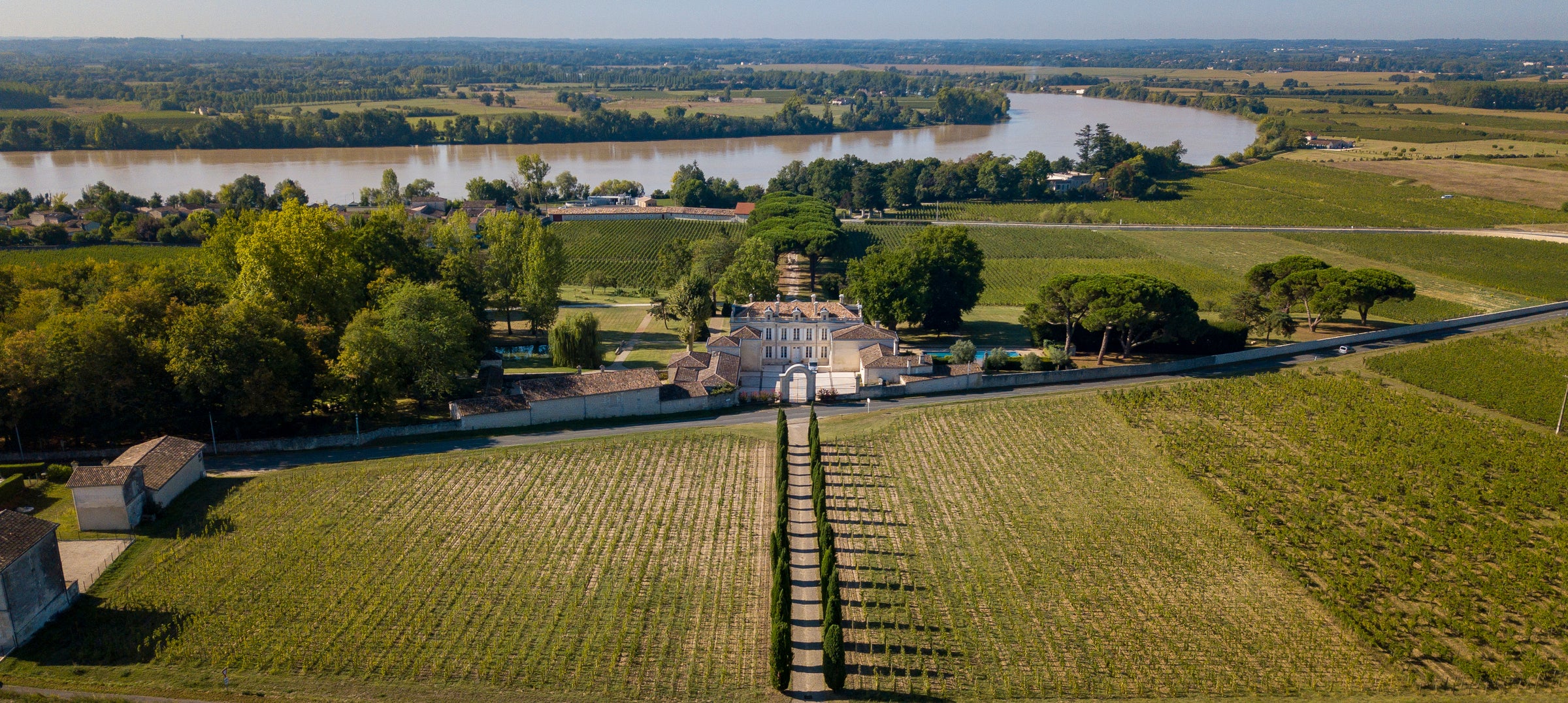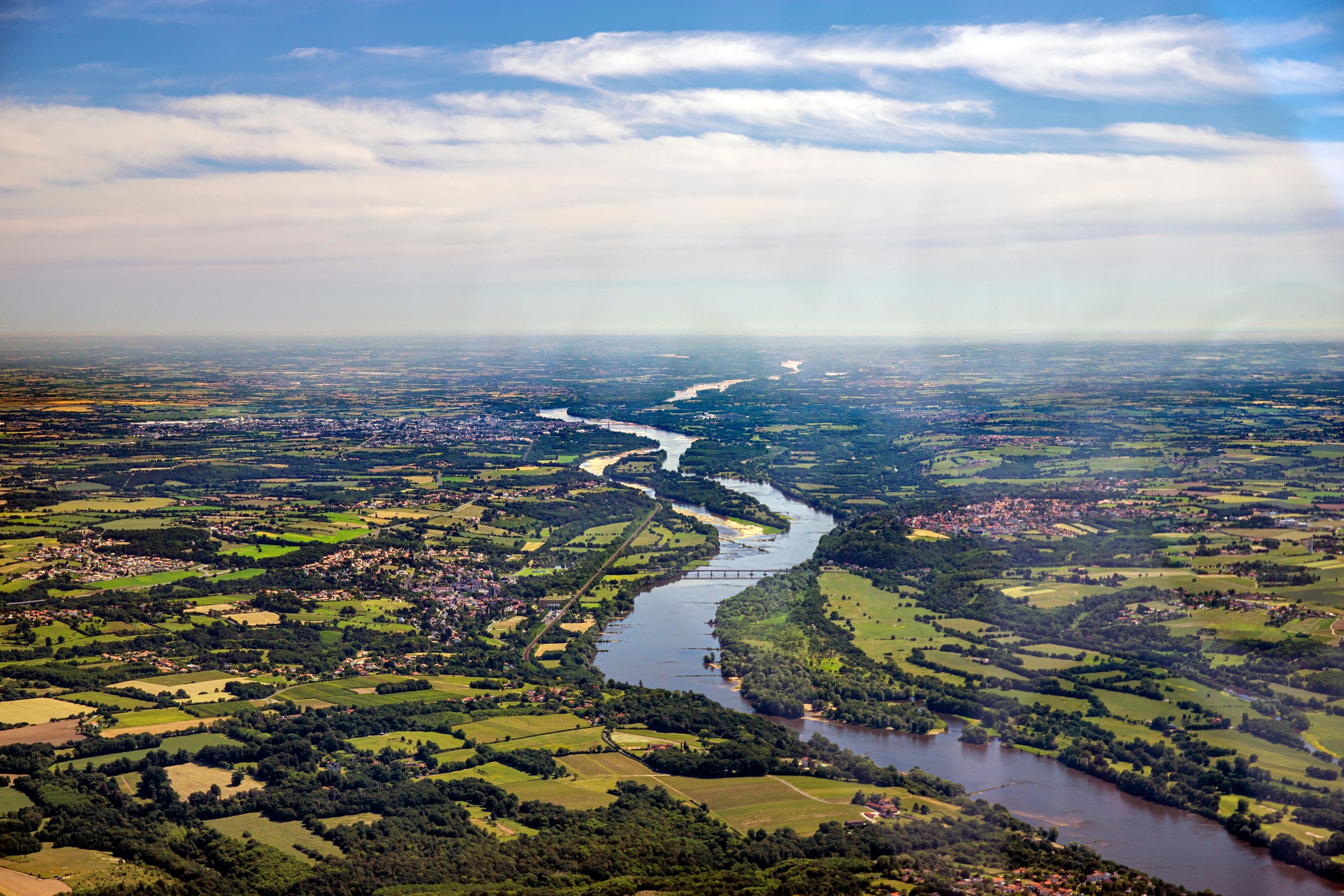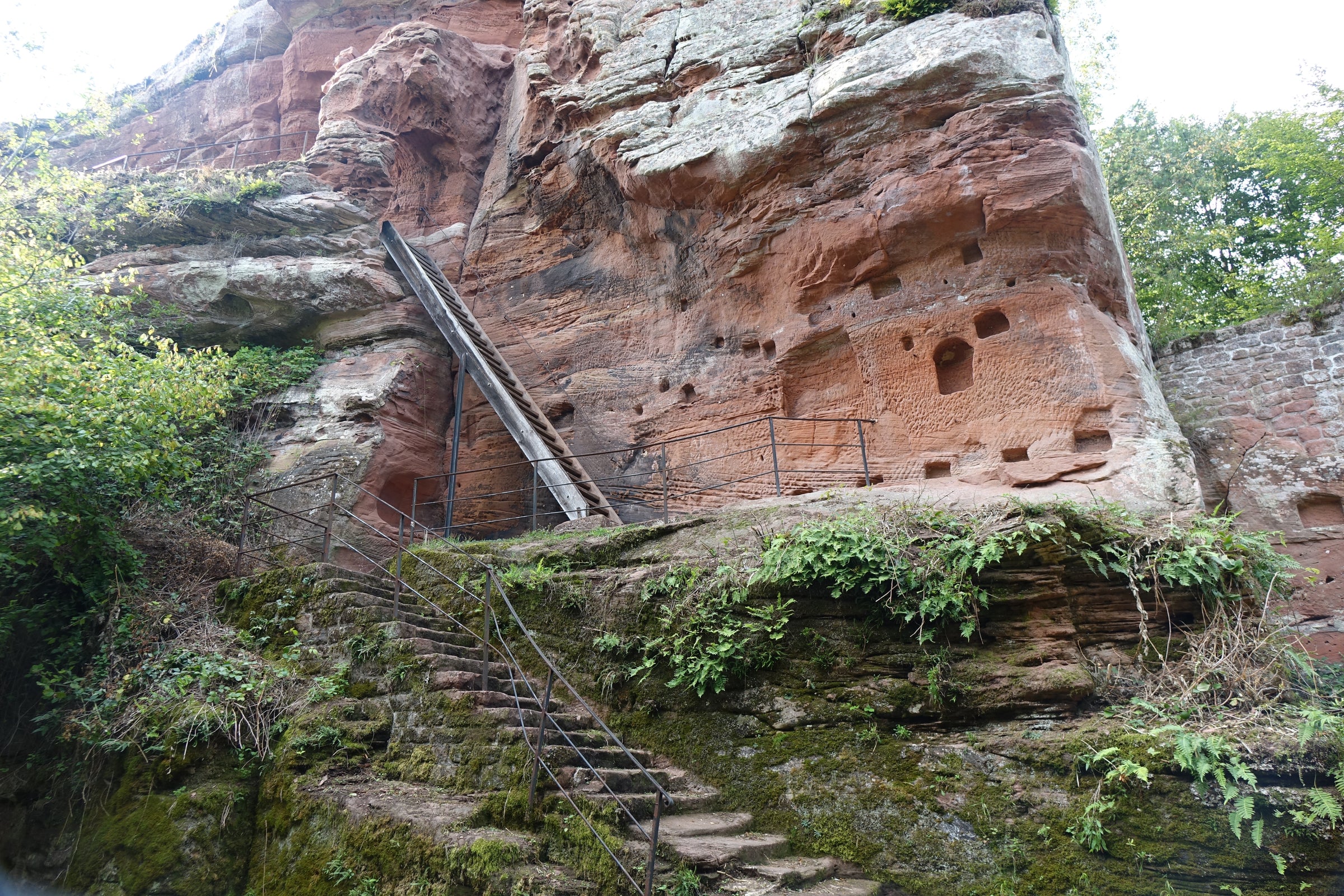If there’s an important vineyard in Chassagne-Montrachet, chances are Philippe Colin makes a wine from it. This wine from the Premier Cru “Les Chaumées,” on Chassagne’s upper slopes near the border with Saint-Aubin, is part of an impeccable lineup of single-vineyard wines that just seems to keep growing—Colin bottles at least six Premier Crus from Chassagne alone, and in total he produces some two dozen wines across multiple Côte de Beaune appellations.
The man is prolific, but he’s also precise, as we learned firsthand recently: A trusted importer invited us to taste through a perfectly stored range of Colin’s 2011 releases, including most of his Chassagne Premier Crus. At a little over five years old, each was starting to hit that white Burgundy sweet spot—more expansive, creamy texture; notes of white mushroom, hazelnut, and honey creeping in alongside the appley fruit—but the standout was surely Les Chaumées. If you’re a white Burgundy drinker, this wine is both ‘textbook’ and immensely pleasurable at this point in its life, and I think it’s got a good 5-10 years’ more under the hood. And while Colin produces a lot of different wines, he doesn’t produce a lot of any single one.
The “Colin” surname is another of Burgundy’s most widely dispersed: Philippe Colin’s holdings (which he’s since expanded) came to him after he and his brother, Bruno, divided up their family property, Domaine Colin-Deléger, in 2004. Philippe’s vineyards now total about 30 acres across 24 (!) appellations, most of them in Chassagne but also Puligny, Saint-Aubin, and Santenay. About two-thirds of his production is white, and his farming is carried out according to ‘lutte raisonnée’ (‘reasoned struggle’) principles. His Premier Cru wines are typically aged 11-18 months in 35% new oak, and are often characterized as being elegant and accessible when young.
In tasting through Colin’s Premier Crus, there was a common denominator—a seamless melding of youthful freshness and savory, ‘secondary’ notes of maturity—but Les Chaumées was especially vigorous and a touch more youthful at this stage than the others. This may owe to the vineyard’s higher elevation on the Chassagne slope; one whiff and you know you’re in the presence of first-class white Burgundy, and it only improves with time in the glass.
Now with a few years under its belt, the 2011 Les Chaumées has added some ochre-hued depth to its golden color, and while the nose still offers up bright aromas of white flowers, crushed oyster shells, green apple, and citrus pith, a second layer of acacia honey, white button mushroom, hazelnut, and cappuccino-foam creaminess lends breadth and intrigue. Serious wine ‘students’ will note the difference here between a wine that’s ‘oxidized’ (i.e. having become ‘browned’ and a little flat) and one that is appropriately ‘oxidative’ for its age—a little nuttier, toastier, but not sapped of its fruit or energy. On the palate this wine has blossomed and broadened, its texture silky and rich, finishing with a smoky, mineral flourish. The oak influence is extremely well-moderated as well. With about an hour in a decanter before service, this wine is really singing—serve in large Burgundy bowls to draw out its aromas, and let its temperature come up to a good 55 degrees. This is a perfect winter white and has myriad food applications—check it out with the reduced flavors of a white wine-based
Coq au Vin Blanc. As I noted above, this wine still has 5-10 years left; grab one for now and a few for the cellar!


